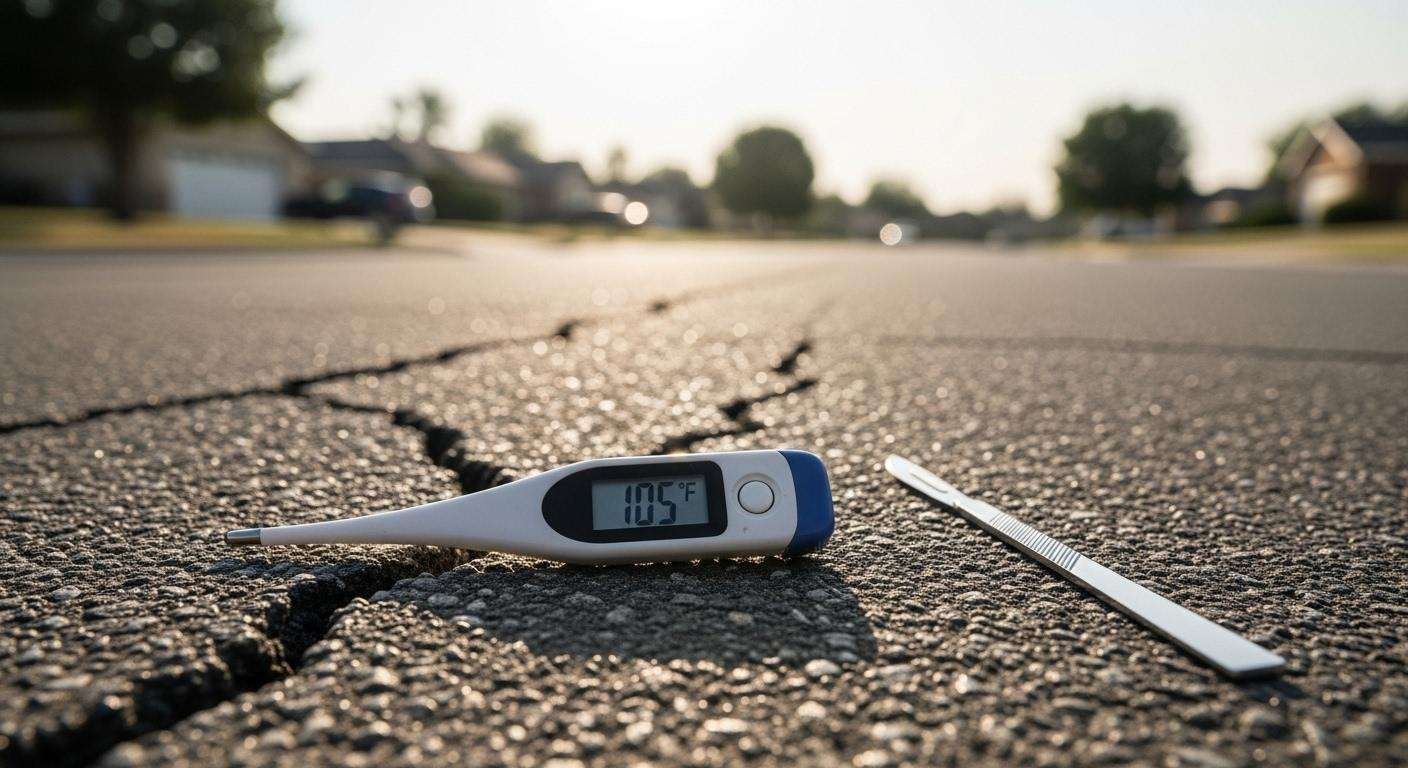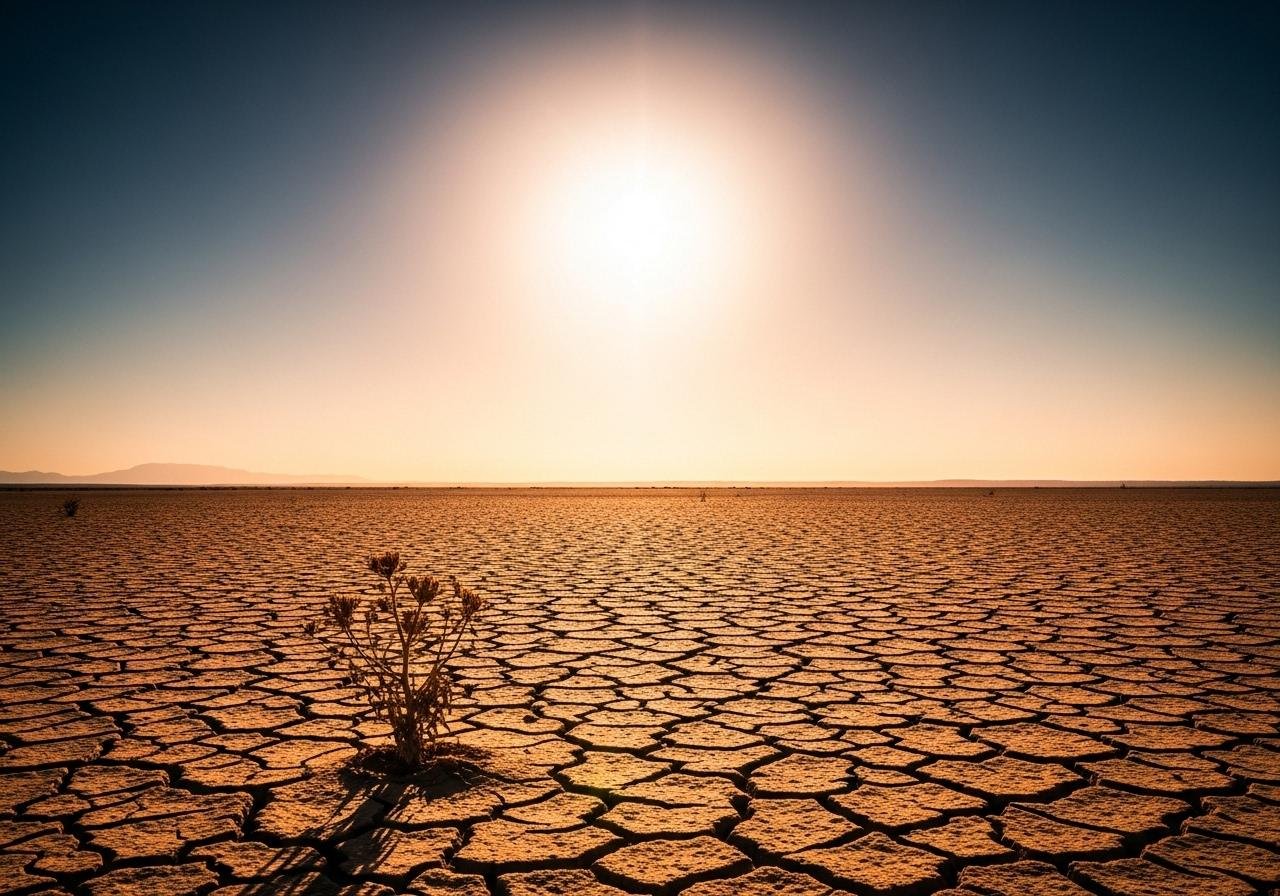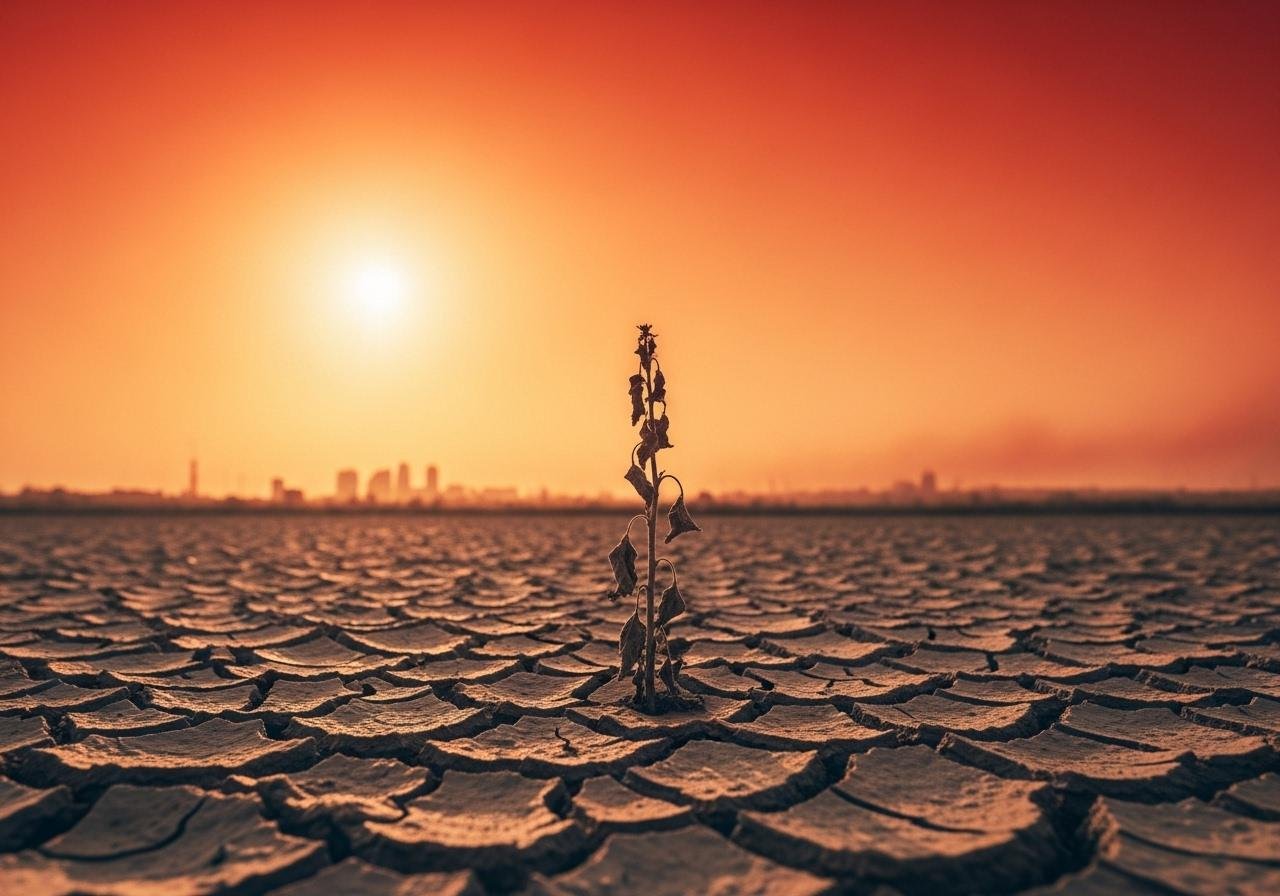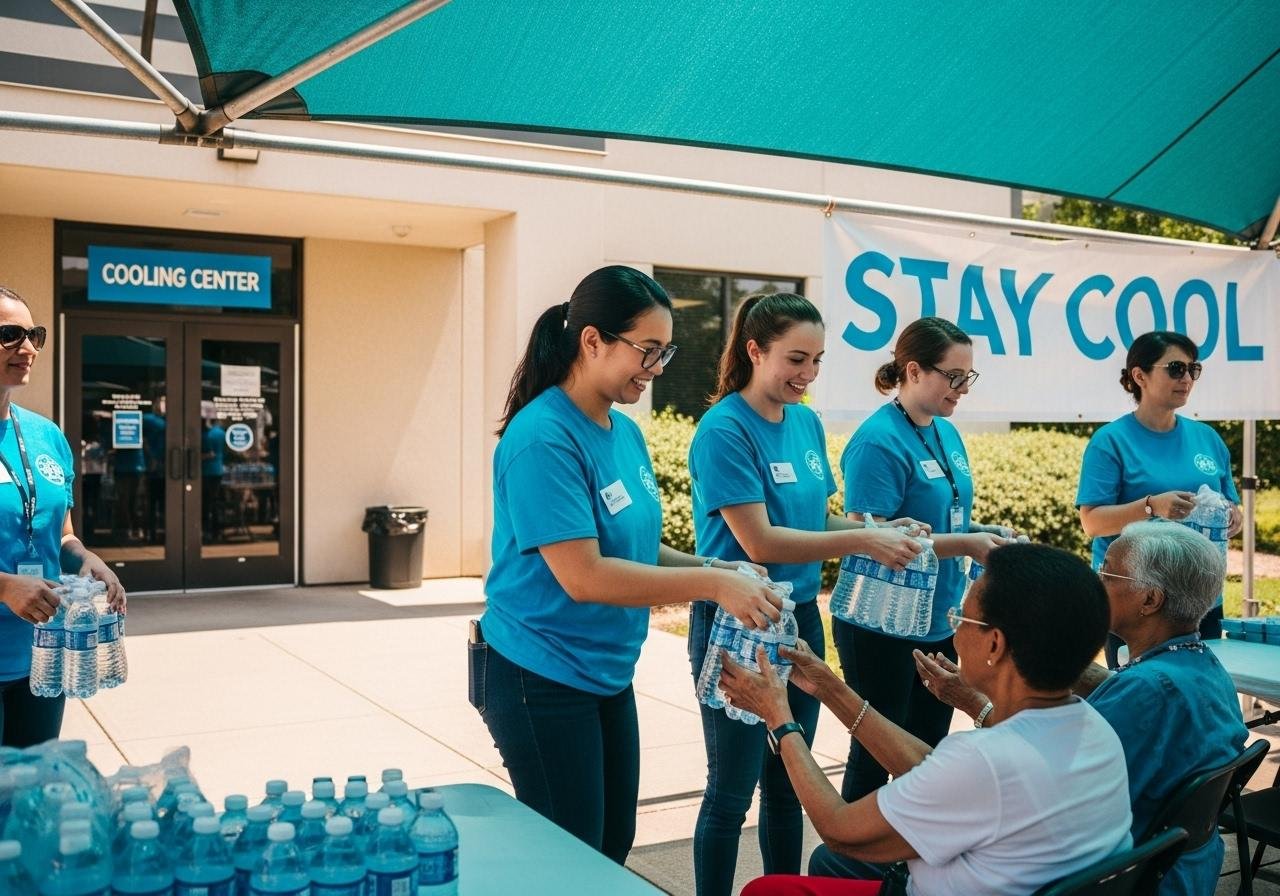
Facing the Heat: Understanding America’s Growing Climate Challenge
As the summer sun blazes down each year, bringing with it the promise of barbecues, beach trips, and outdoor fun, there’s a darker side to this warmth that often goes unnoticed: the rising threat of extreme heat.
We have all felt it – extreme heat when you start to feel bad and as if you cannot do anything to reduce your core temperature.
Well, recently parts of the U.S. have experienced heat waves that are not just sweltering but sometimes deadly. The impacts of these scorching temperatures reach far beyond merely making us sweat — they delve into serious public health concerns that are quietly escalating as the heat increases, the population ages and the price of electricity rises putting those even with air conditioning at risk. .
The Human Body Versus Extreme Heat
How does heat take such a toll on our bodies? Simply put, our bodies are like engines that can overheat. High temperatures raise the risk of heat exhaustion and heat stroke, which can be particularly dangerous for vulnerable groups like the elderly, children, and individuals with pre-existing health conditions.
Symptoms might start with heavy sweating and dizziness and escalate to nausea, confusion, or even loss of consciousness. Yet, despite how common these symptoms might sound, the threat they pose is all too real. Addressing the challenges of climate change not only involves tackling heat but also promoting the concept of zero-waste living, as discussed here.
The Hidden Truth in Autopsies
When a person dies from heat-related causes, you might expect the autopsy to tell the full story. However, this often isn’t the case. Many heat-related deaths are categorized under other causes like heart attacks or respiratory issues. This misclassification can have major implications, diminishing public awareness and impacting policy decisions — if we don’t know the scale of the problem, how can we solve it? This mirrors the broader challenges faced in environmental justice and waste distribution disparities, as detailed here.

Case Studies: Stories of Silence and Struggle
Consider the case of John Doe — a hypothetical name for many real individuals who have succumbed to extreme heat. In some instances, families are left with more questions than answers, hoping for closure as they navigate the complex medical and legal landscapes. Medical professionals acknowledge the challenge, noting that a heat-related death isn’t always straightforward to diagnose, but the frustration for loved ones remains.
Climate Change: The Heat is On
You’ve probably heard it before — climate change is driving longer, more intense heat waves. Scientists have been studying these trends and noting their uneven regional impacts. For instance, the Southern U.S. might bake under prolonged heat waves, while the Midwest faces shorter bouts. As temperatures rise, climatologists predict these patterns will only intensify, presenting both challenges and opportunities for adaptation. One solution could involve rethinking waste as a valuable resource, offering a means to address climate and sustainability issues, as explored.
Tackling the Heat: Public Health Policies and Challenges
Our response to this rising heat threat involves a mix of policies and initiatives aimed at keeping communities safe. Yet, ensuring compliance and disseminating information effectively remains an uphill battle. Experts recommend bolstering these strategies, emphasizing the need for more localized, adaptable solutions that can respond quickly to changing conditions.

Staying Safe in the Sunshine: Tips and Community Role
When the mercury rises, staying safe becomes a community effort. Here are some tips to help you keep cool:
– Stay hydrated — water is your best friend.
– Visit cooling centers during peak heat hours.
– Check on elderly neighbors and those without air conditioning.
Community programs can play a pivotal role, too. From awareness campaigns to heat action plans, empowering locals with knowledge and resources is key to fostering resilience.
The Path Forward: Addressing Heat in a Warming World
Addressing extreme heat requires urgent collaboration. As government bodies, health officials, and communities come together, improving our understanding of heat-related risks through research and transparent reporting will be crucial. With better data and a commitment to action, we can forge a path toward a safer, healthier future.

FAQ
1. What are the symptoms of heat stroke? Heat stroke symptoms include confusion, dizziness, and lack of sweat despite the heat.
2. How can individuals prepare for a heat wave? Stay informed about local heat advisories, ensure access to hydration, and plan indoor activities during peak heat.
3. What steps are being taken to address heat-related deaths? Efforts include improved public warning systems, more accessible cooling centers, and research into better reporting methods.
4. Why might heat-related deaths be underreported? Autopsies can categorize these deaths under other medical issues, leading to an underestimation of their true number.
Key Points to Remember
- Extreme heat poses a growing health risk in the U.S.
- Vulnerable populations are most affected by high temperatures.
- Autopsy misclassification can obscure the true impact of heat-related deaths.
- Climate change is a driving force behind increased heat waves.
- Public health measures are crucial but face implementation challenges.
This article is for informational purposes only.
Reference: The Guardian
The post Americans are dying from extreme heat. Autopsy reports don’t show the full truth appeared first on Green.org.














